TUSCANY
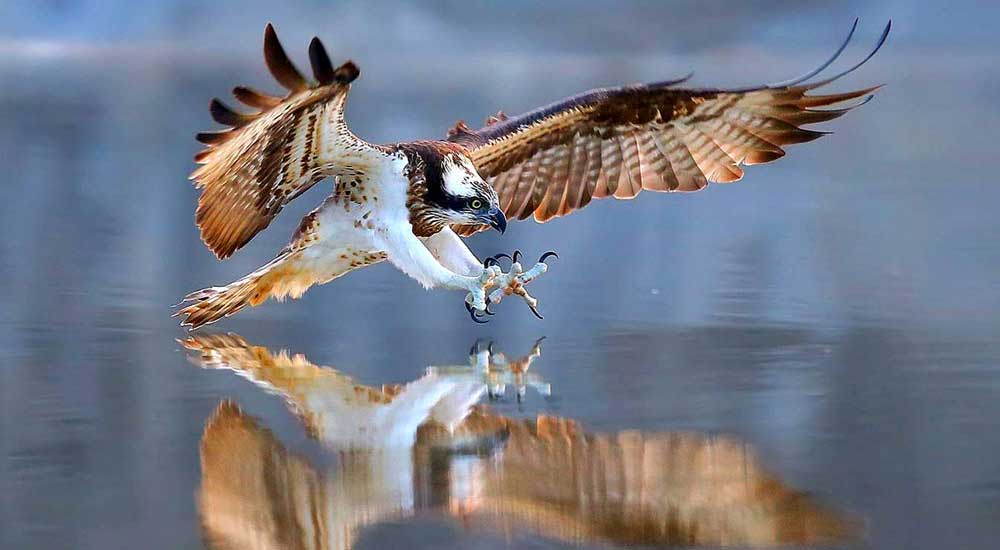
TUSCANY
Symbol species: Western Osprey
This was the first WWF oasis in Italy. Located at Capalbio, in Tuscany, the oasis of Lake Burano is actually a brackish coastal pond deriving from an ancient lake, now connected to the sea through a canal that is partially artificial and only opened when deemed necessary. Rich in flora and fauna, this 410 hectare area boasts 600 plant and 274 bird species, as well as numerous mammals and insects.
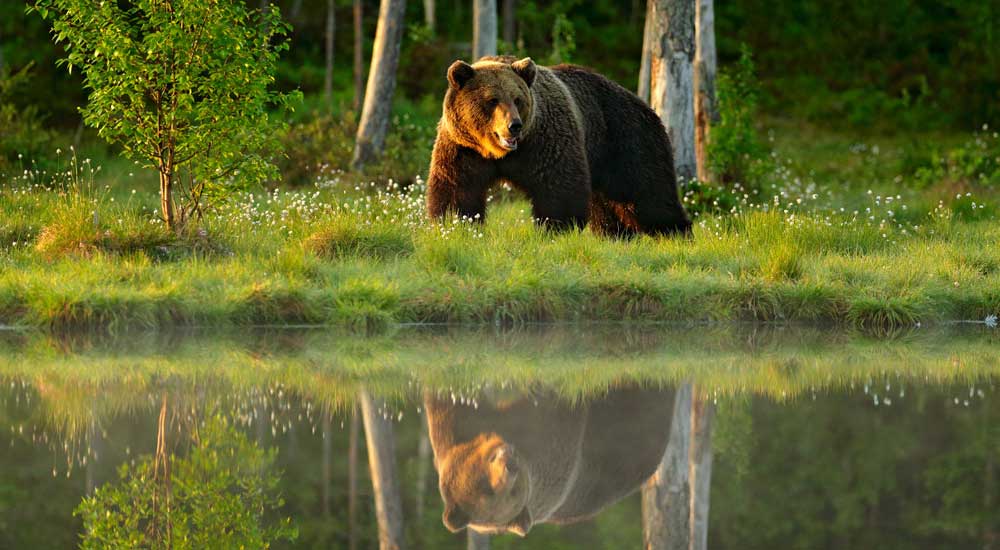
ABRUZZO
Symbol species: Marsican brown bear
Deep and spectacular calcareous rocks modelled by the corrosive action of the River Sagittario in millions of years. This is what you see at the Regional Nature Reserve – the WWF Oasis of Gole del Sagittario, in the Municipality of Anversa degli Abruzzi (AQ). The area extends for approximately 450 hectares.
This deep canyon also offers refuge to the Marsican brown bear, now threatened by the fragmentation of the woodlands.
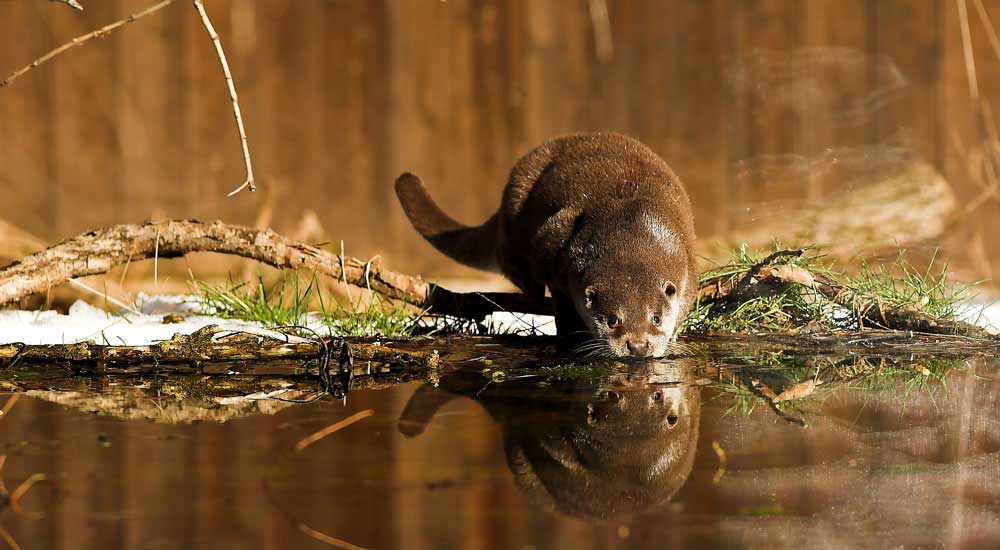
CAMPANIA
Symbol species: Otter
“The Oasis of the Otter”, is the other name by which the WWF Oasis of Persano is known, this being the first WWF Oasis set up in Campania in 1981, aimed specifically at protecting this land mammal, one of the rerest in Italy. The oasis of Persano, a green island of 110 hectares in Salerno province which emerges from an artificial lake along the course of the Sele river, represents a wet zone of international importance as well as being one of the most significant areas of the WWF system.
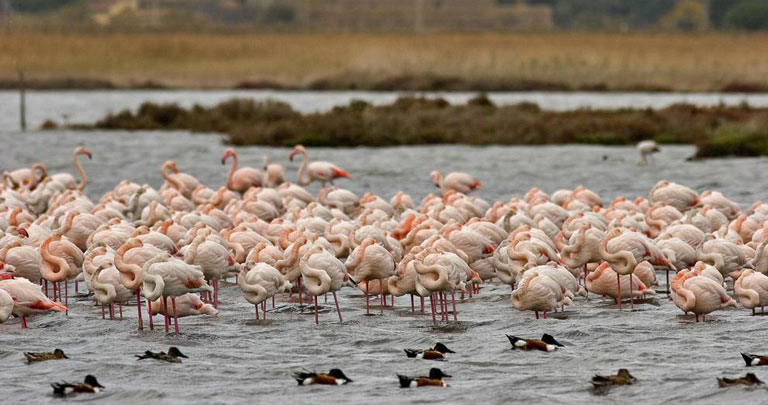
TUSCANY
Symbol species: Greater flamingo
It was 1964 when two young ornithologists, Fulco Pratesi and Hardy Reichelt, discovered in the Orbetello Lagoon a colony ofblack-winged stilt, elegant birds that, at the time, were on the verge of extinction in our country due to hunting. This is where, in 1966, Pratesi had the idea of founding the WWF. In 1971, the Orbetello Oasis was established and its management was entrusted to the association.
The history of the oasis is a string of successes: from the qualification, obtained in 1977 as a “wetland of international importance” for the presence, in winter, of more than 10,000 aquatic birds to the establishment of a state natural reserve encompassing a 300,000 m2 core area (1980).
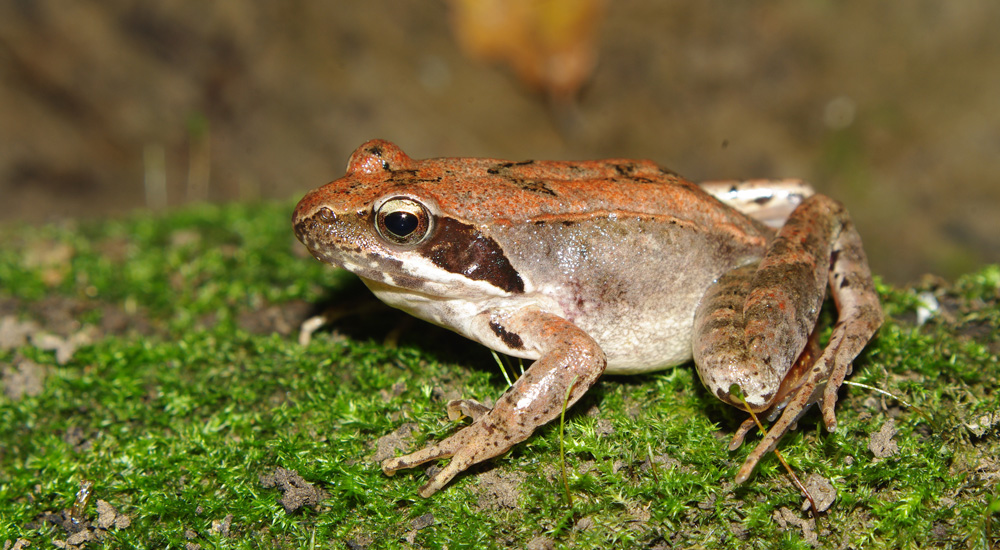
LOMBARDY
Symbol species: Italian agile frog
Centuries ago, in 1751, a meander of the Oglio River was rerouted by the construction of a canal that made the river more easily navigable. Over time, the abandoned arm of the Oglio developed into a marsh that soon became a favourable habitat for aquatic animals and plants. Today, the marsh is the heart of WWF’s Le Bine natural reserve, which is part of the South Oglio Regional Park and owes its curious name to a typical Lombard farmhouse, in the area since the late 18th century: its original name was bina, which in the dialect of the area means “shelter”, “stilt house” and “sluice”.
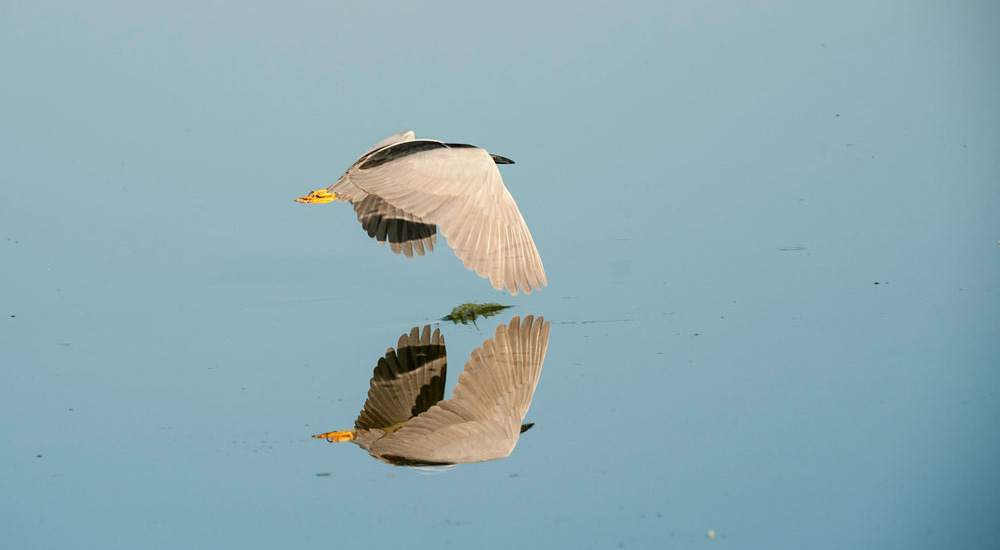
ABRUZZO
Symbol species: Black-crowned night herons
From the passion of young volunteers enraptured by the flight of the countless birds that have made their home in a small artificial lake nestling among the mountains of Abruzzo originated the “Penne Lake” regional natural reserve, one of the most important oases managed by WWF Italia.
The Penne reserve is, in actual fact, an “invented” oasis, as the lake, the heart of the protected area, is an artificial basin formed by a barrier on the Tavo river. Nevertheless, despite the artificial barrier, over the years, the area has become a concrete example of environmental recovery: large bands of natural vegetation have been rebuilt, creating the ideal conditions to attract various animal species.
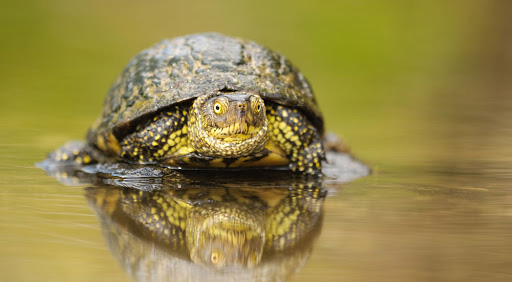
SICILY
Symbol species: Sicilian pond terrapin
The European pond terrapin (Emys orbicularis) is present throughout Europe and lives in marshes, ponds, lakes, wide river mouths and calm water bodies with plenty of vegetation. In Italy, besides Emys orbicularis, which can be found throughout the peninsula, a new species endemic in Sicily has recently been identified: the Sicilian pond terrapin, whose scientific name, Emys trinacris, is from the Greek word Trinacria, meaning “three-pointed”, the earliest known name for the island. Among the first populations of Sicilian pond terrapins to be studied where those living in the WWF oasis of Preola Lake and Gorghi Tondi, where extensive studies and researches continue to be conducted on this species.
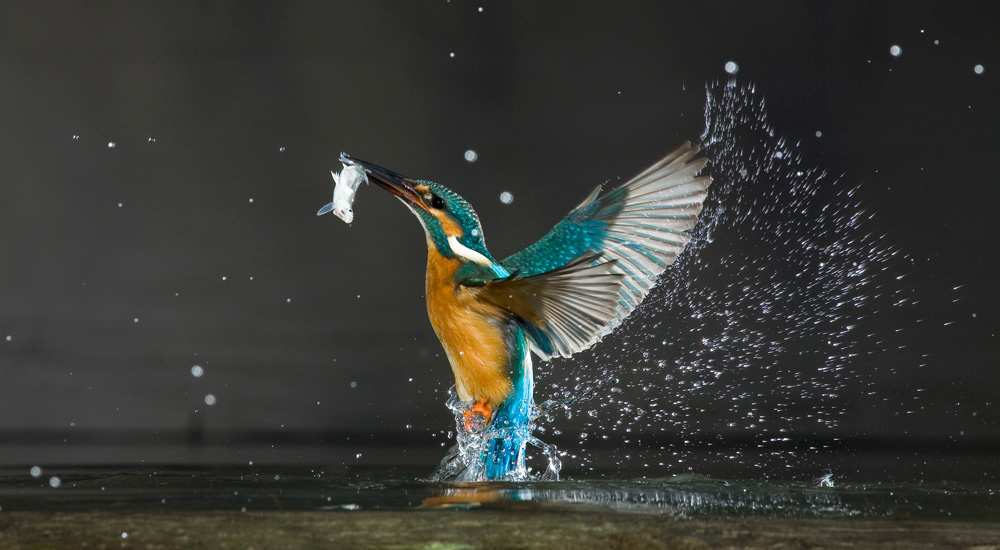
EMILIA ROMAGNA
Symbol species: Common kingfisher
The Common kingfisher (Alcedo atthis), a small fish-hunting bird characterised by its beautiful colourful plumage, can be found in the proximity of wetlands and watercourses within many WWF Oases.
Numerous names have been used over the centuries to designate this species, inspired by its incredible plunge-diving ability to catch its preys (fisher) and its azure plumage that calls to mind the royal blue of a king’s attire (kingfisher). Yet, even more fascinating is the origin of its scientific name: Alcedo atthis. It comes, in fact, from a character from Greek mythology, Halcyon, the daughter of Aeolus, the ruler of the winds. When Halcyon died by throwing herself into the sea, the gods transformed her into a small bird with a magnificent, brilliant plumage, the Common kingfisher.
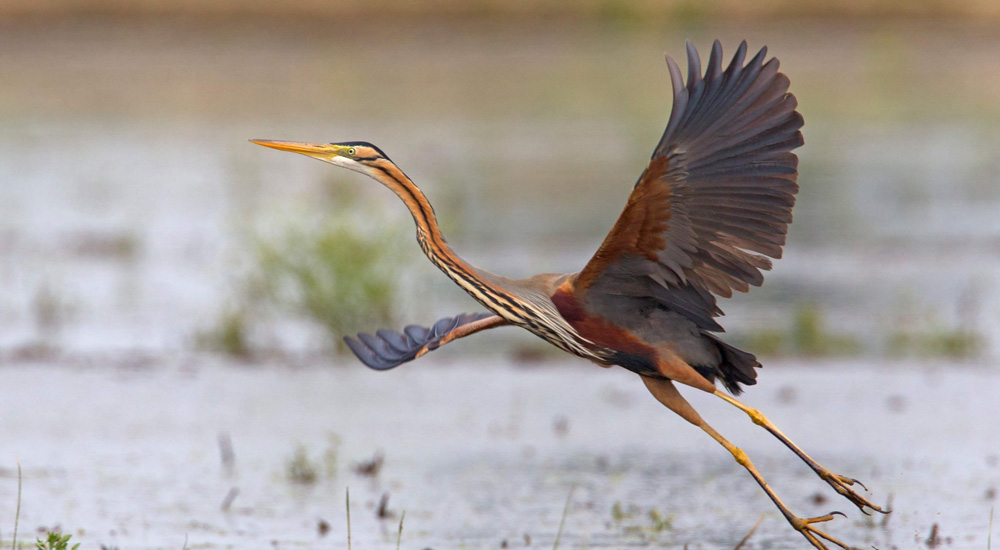
VENETO
Symbol species: Purple Heron
In the course of the last century, 90% of the wetlands have disappeared in Europe alone and this dramatic decrease in their habitat has endangered or caused the extinction of many plant and animal species. Among the endangered species we should mention the Purple Heron (Ardea purpurea), a bird that builds a nest out of reeds and is one of the few herons to lay eggs “on the ground”. Many protected areas have been created for its conservation, and the WWF has played a significant role with its Oases.
This is the case of the “Busatello Marsh”, an expanse of wetland between Veneto and Lombardy that was spared by the numerous reclamation programs carried out in the Po Valley since the 19th century.